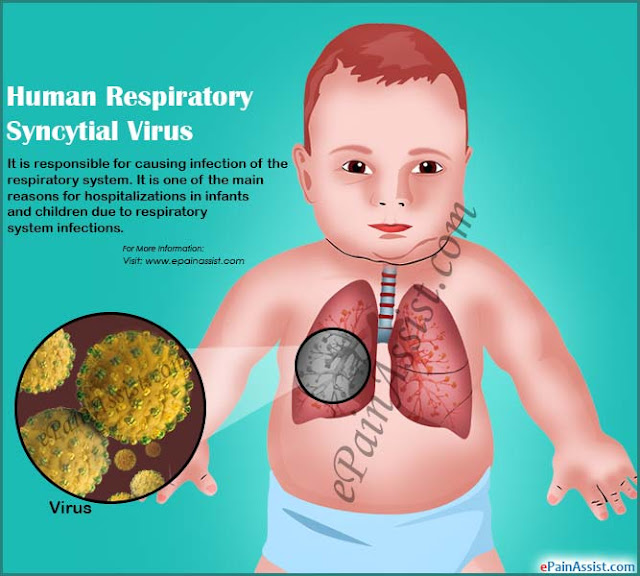Kawasaki Disease

Kawasaki Disease Kawasaki disease is an illness that almost always affects kids, most of them under the age of 5. It’s one of the leading causes of heart disease in children. Causes When a child has Kawasaki disease, the blood vessels throughout his body become inflamed. This can damage the coronary arteries, the vessels that carry blood to his heart. But Kawasaki disease doesn’t affect just the heart. It can also cause problems with lymph nodes, skin, and lining of the mouth , nose and throat. Scientists haven’t found an exact cause for Kawasaki disease . But they think it’s probably linked to a combination of genetics, exposure to viruses and bacteria, and other environment factors, such as chemicals and irritants. Symptoms One of the most important things to know about Kawasaki disease is that it comes on fast and symptoms show up in phases. It can lead to heart trouble in as little as 10 days to 2 weeks after the symptoms start. Signs o...


